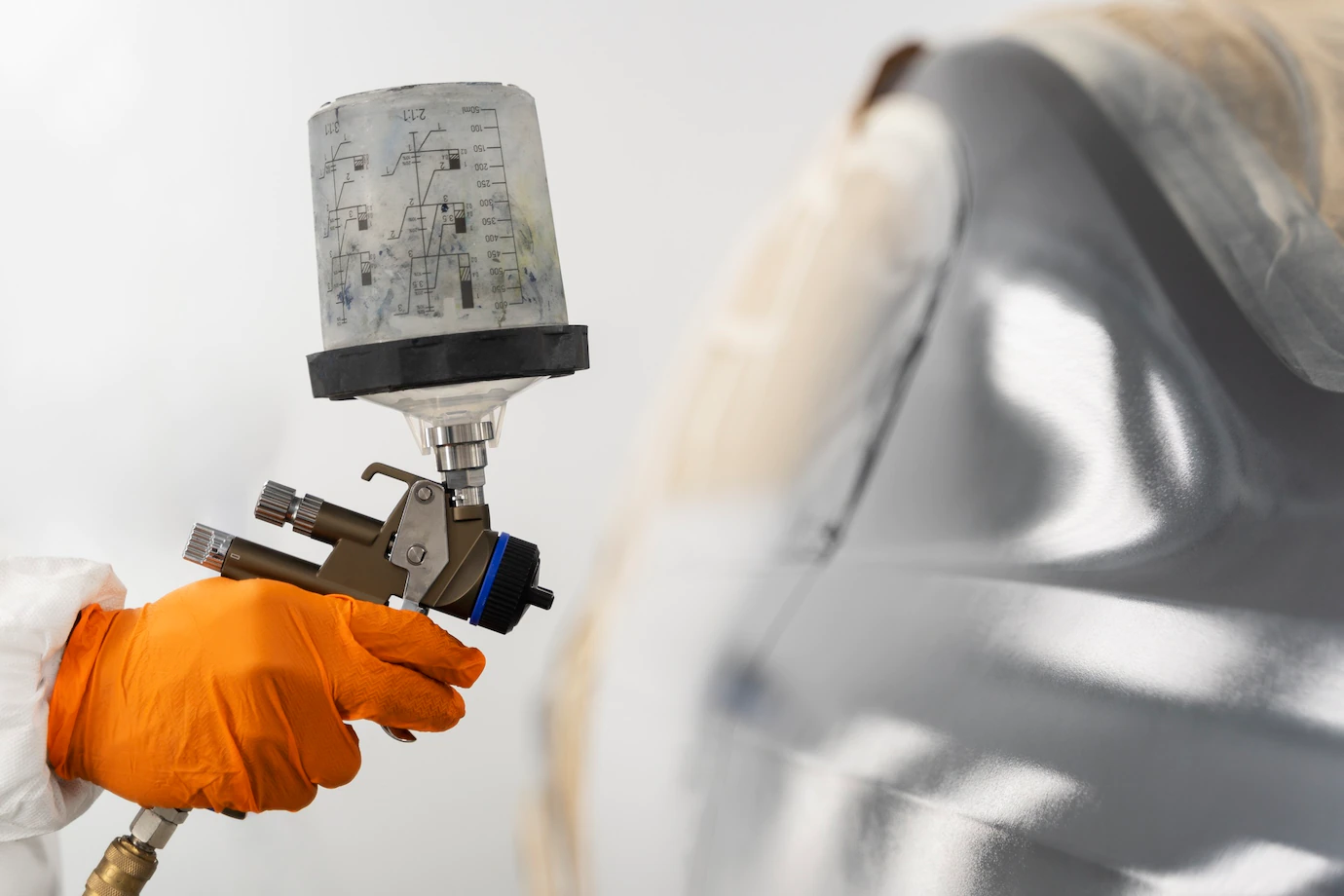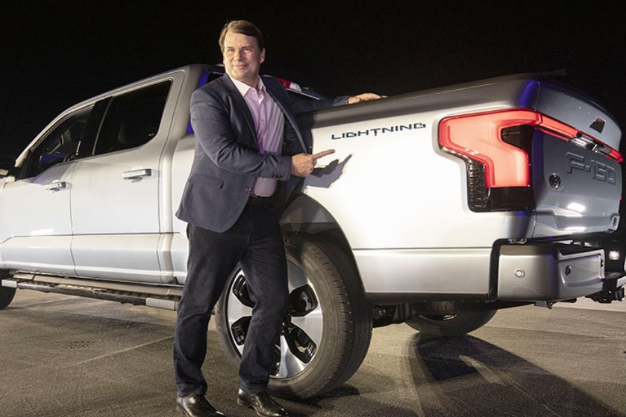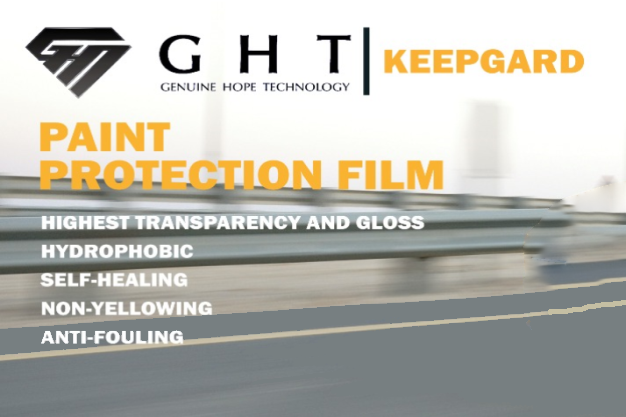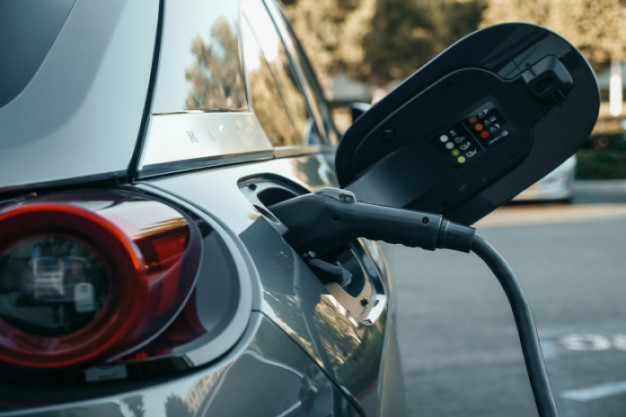Different car paints have a huge impact on how a car looks, but it’s not just the colour you need to decide upon. There are several varieties of paint on offer these days, from solid (IE non-metallic), to matte and pearlescent finishes, as well as special-order options.
SOLID PAINT
Solid paint is cheaper to produce and apply to a car when it is being built, and most manufacturers offer a limited selection of no-cost solid paint choices on a new model; options vary, but you may find a car has three solid paint options as standard (although some cars have only one free paint option), with red, white, blue and grey being common colours.
Solid finishes are free because they’re simple to produce. There are usually only three layers: primer, paint and lacquer, with no metallic flakes added, for example. Many manufacturers now use a paint known as ‘two-pack’, which is simply the paint and lacquer mixed together.
It’s easy to repair damage to cars with a solid finish compared to those with metallic or pearlescent paint. Solid colours with small areas of damage can often be repaired with a touch-up pen in the appropriate shade, and car spare shops (Halfords, etc) can supply the right pen for not much money. More significant repairs are comparatively easy, too, as the paint dries out quickly with the aid of a simple heat lamp.
They may not be the most interesting, but solid paint finishes are certainly the cheapest and easiest to look after.
METALIC PAINT
A metallic paint has tiny pieces of aluminium powder mixed into the paint. The metal particles reflect light, hence the shine. Metallics look their best under direct, natural light, but even on a dull day they still shine.
Metallic paint is more difficult to repair, as achieving an exact match is tricky. Even manufacturer-approved body shops don’t make any guarantees.
Pearlescent paint
Pearlescent paints shine even more brightly and deeply than metallics, but they tend to be more expensive, and also need more care taken of them.
The pearlescent lustre is created by ceramic crystals in the paint that both reflect and refract light. That gives the colour a depth that even metallics simply can’t match. And under bright light, lighter shades become iridescent, appearing to be different colours from different angles, sometimes to spectacular effect.
On the flip side, pearlescent paints are even more susceptible to marks, they’re even more difficult to repair than metallics, and special care needs to be taken when washing a pearlescent car, as they’re relatively susceptible to damage from tiny bits of grit that may be on your car-washing sponge.
MATTE PAINT
Non-shiny matte finishes aren’t a common choice because they tend to only come in shades of silver, grey or black. And because they cost even more than pearlescent paints, and require even greater care than pearlescent finishes.
There are various methods for achieving a matte finish: using a primer with a high epoxy content, a high PVC content in the paint itself, or a flattening agent in the lacquer. Whichever method is used, the paint absorbs more light than it reflects, producing a dull sheen with a certain texture to the colour that has an appeal.
Predictably, matte finishes are very difficult and expensive to repair properly.
You either love matte finishes or you don’t. If you do, you may well feel the extra expense and hassle is worth it. But don’t be surprised if your car turns out to be difficult to sell on.
For all kinds of paints, you need to provide care and protection. Every car paint acts like the skin of the car. As the technology gets advanced you need more expertise to keep your car skin shimmering.
Schimmer Dettagli is a trsuted name when it comes to Auto Detailing industry. It is one of the premier Auto Detailing hubs for cars & bikes of any range, size and class.
Graphene epitome solutions from SCHIMMER assure long-lasting quality outstanding looks.





